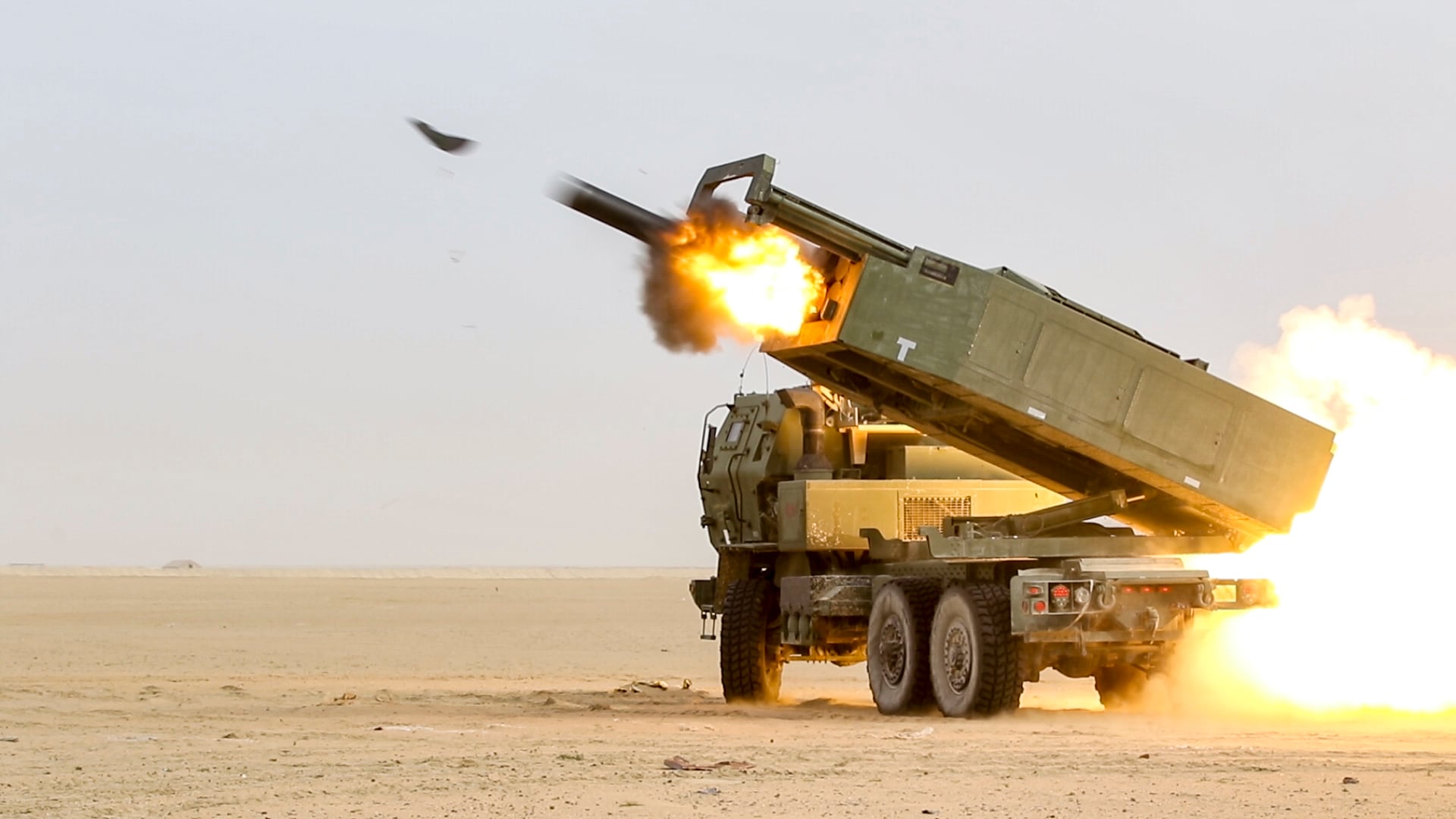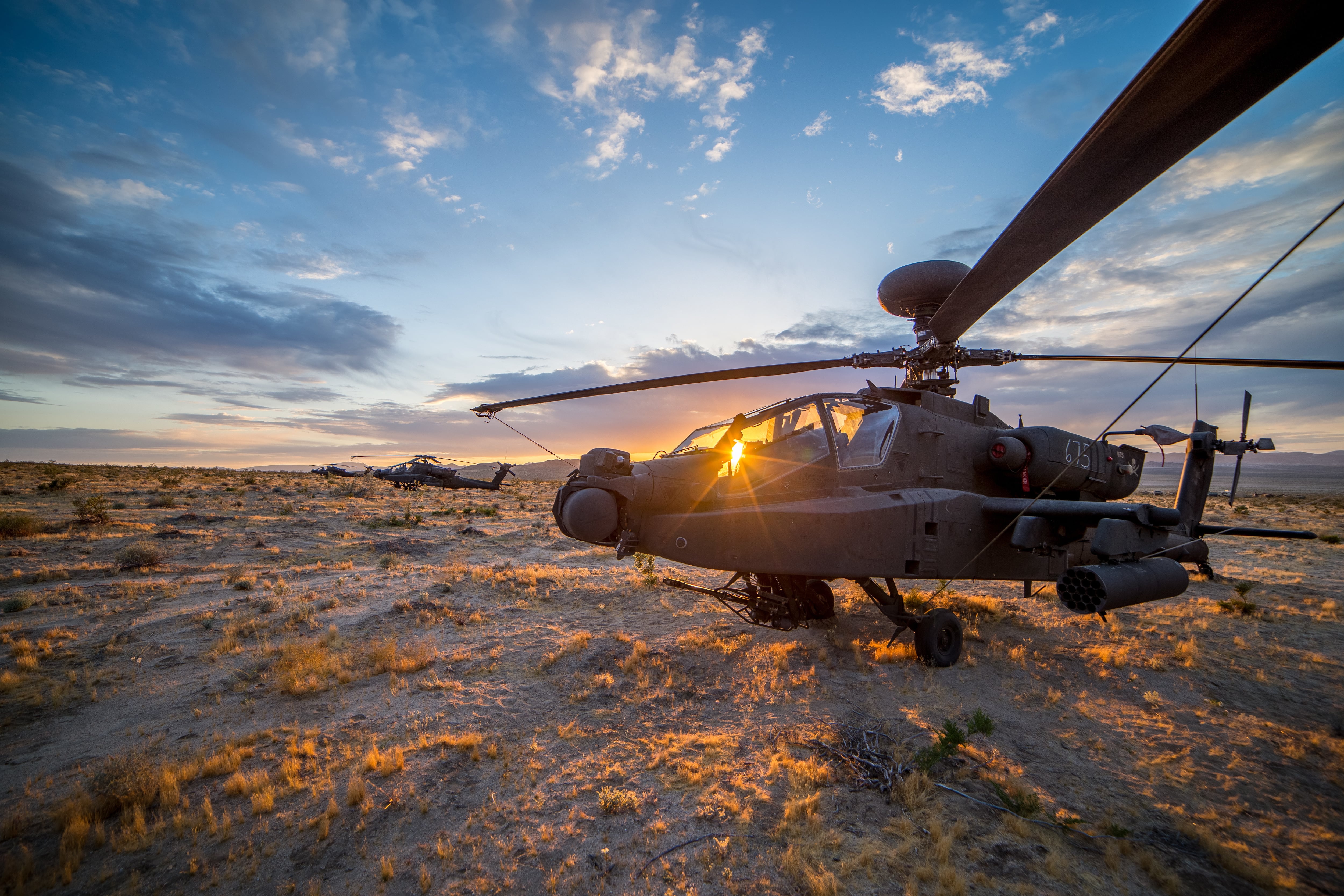WASHINGTON — Gray Eagle-maker General Atomics announced it has wrapped up a first round of demonstrations, completed in November, that showed the unmanned aircraft’s capability to support systems considered critical for future warfare. Such systems include long-range precision fires, or LRPF, technology under development by the U.S. Army as it looks to modernize its weapons and equipment to fight in highly contested and strongly defended environments.
Using internal funding, the company equipped the UAS with the Lynx Block 30A Long Range Synthetic Aperture Radar/Ground Moving Target Indicator — or SAR/GMTI for short — to spot military targets up to a range of 75 kilometers, according to a Jan. 21 General Atomics statement.
The imagery produced by the sensor provided “precise coordinates” with every image, and was cued to other aviation assets or enabled “direct engagement” with long-range precision fires platforms, the statement added.
The sensor, according to the company, can be used as a GMTI to detect moving, dismounted targets, and it is functional in maritime environments as well as over land, making it a true multidomain capability useful in key theaters like Europe and the Indo-Pacific region.
A capability that can track and locate threats as well as easily communicate data to LRPF systems for action is a critical part of how the Army envisions operating in the future. Being able to counter threats from a greater distance is also part of that strategy.
RELATED

“Gray Eagle [Extended Range] is a critical tool, along with the Army’s manned platforms, for operations in an MDO environment,” General Atomics Aeronautical Systems President David Alexander said in the statement.
MDO, or Multi-Domain Operations, is the Army’s key war-fighting concept that focuses on countering peer adversaries like Russia and China. It’s currently being shaped into official doctrine and is guiding the service’s major modernization strategy. The concept acknowledges the Army will not fight alone and must be effective across every domain of warfare: land, air, sea, cyberspace and space.
General Atomics’ plans to continue its demonstrations, according to the statement. In 2020, the company will use its command-and-control software hosted on a laptop to control a wide variety of sensors, communications packages and air-launched effects — or ALE — onboard the Gray Eagle.
“Serving as an ALE mothership, the GE-ER will carry multiple ALEs with a variety of capabilities,” the statement read. “The launching and controlling of ALEs from the GE-ER could potentially increase the survivability and effectiveness of current and future manned aviation systems with intelligence, targeting, communications, jammers, decoys and kinetic effects."
RELATED

The Army has experimented with ALE at higher altitudes — launching a system from a UH-60 Black Hawk — for more than a year, and it also tested the capability at low altitude. The service will continue to experiment with different payloads from there.
The Gray Eagle also played a big part in the Army-led demonstration at China Lake, California, in August, witnessed by Defense News, where an operator controlled a Gray Eagle from the back of an MH-47 Chinook cargo helicopter using a tablet. The operator tasked the drone to fire a small, precision-glide munition at an enemy target located on the ground. After a higher-level threat was detected at the last second, the munition was rapidly redirected toward a different threat target.
The demonstration was made possible through the Army’s architecture, automation, autonomy and interfaces capability, or A3I, built by the Army’s Future Vertical Lift Cross-Functional Team under Army Futures Command. A3I is to be refined through the next year.
The demonstration showed the ability to nimbly pass control between operators of unmanned systems and munitions through a networked architecture of systems while receiving and filtering real-time, pertinent information to aid in operational decision-making. And the system eliminates the need for ground control stations and replaces it with flexible control through laptops and tablets that can be anywhere on the battlefield.
Jen Judson is an award-winning journalist covering land warfare for Defense News. She has also worked for Politico and Inside Defense. She holds a Master of Science degree in journalism from Boston University and a Bachelor of Arts degree from Kenyon College.







